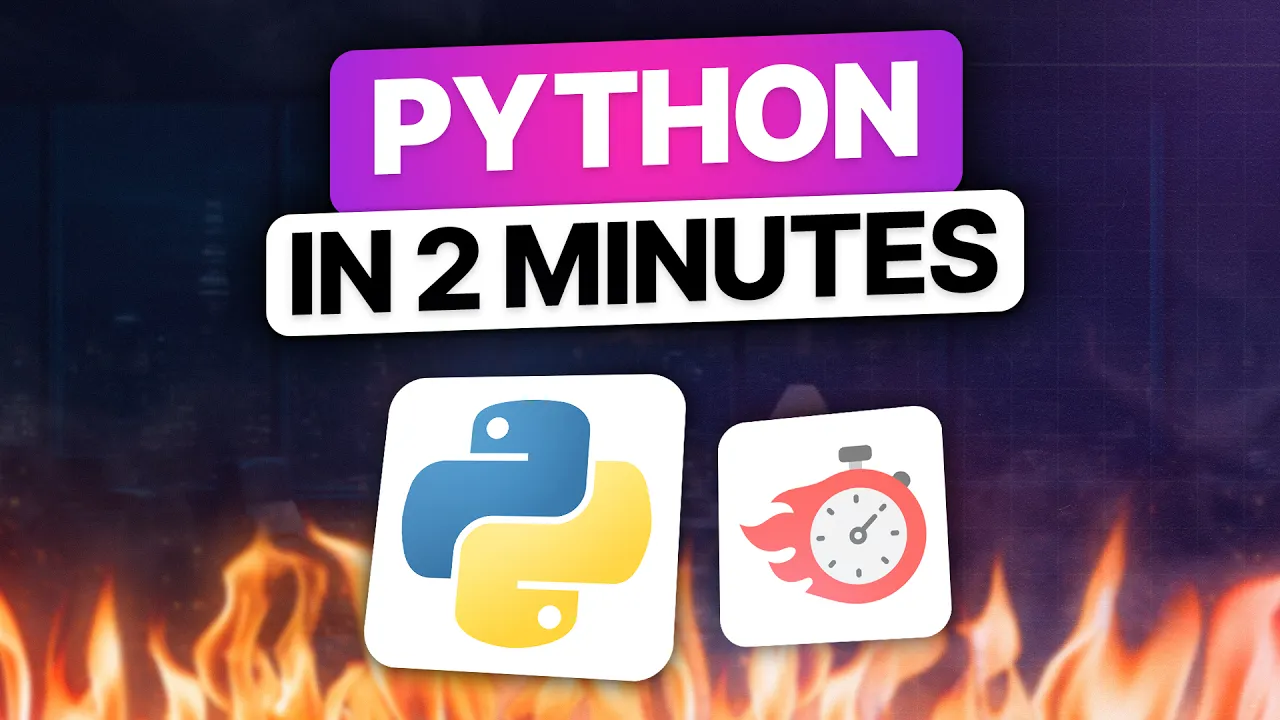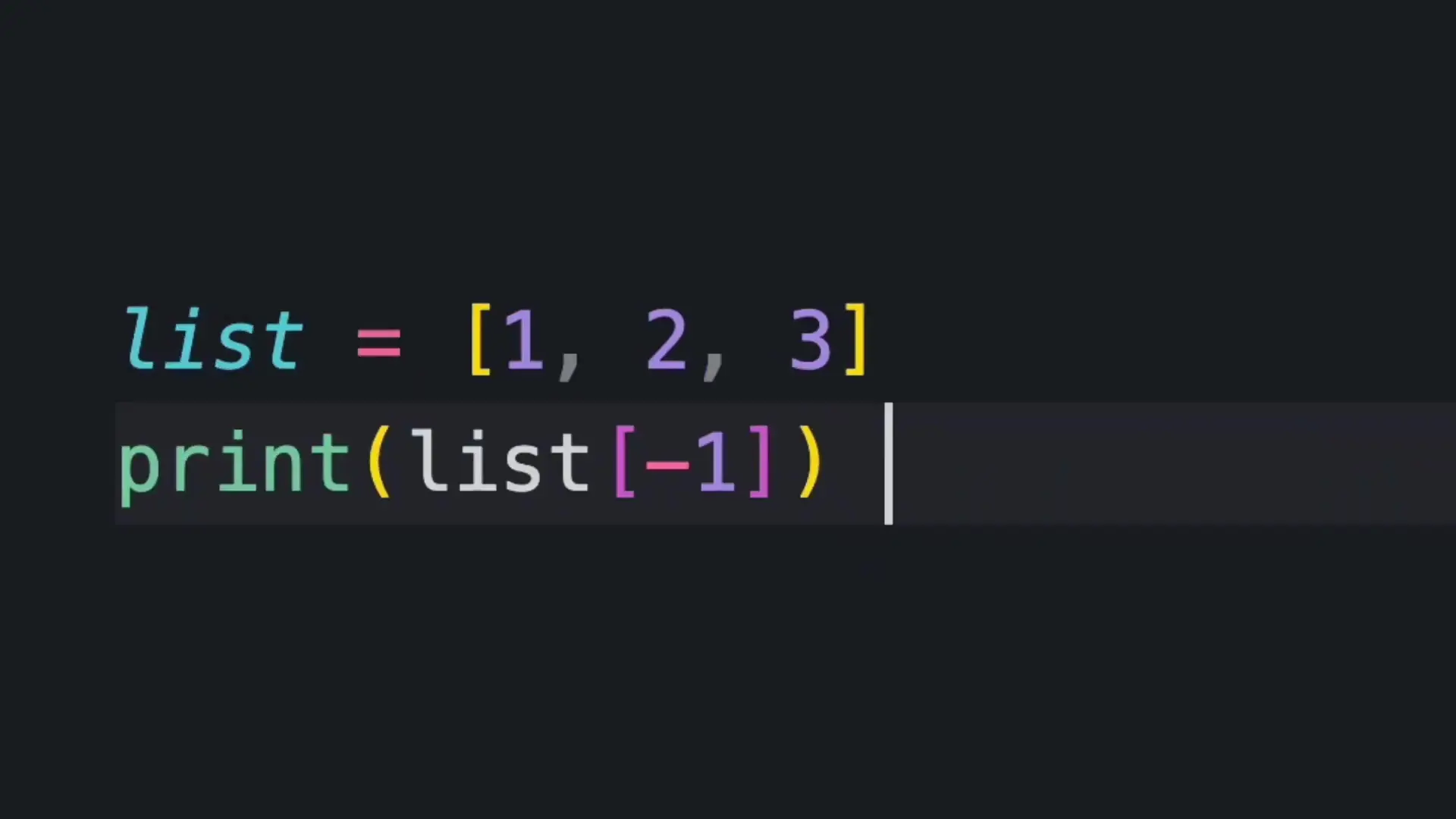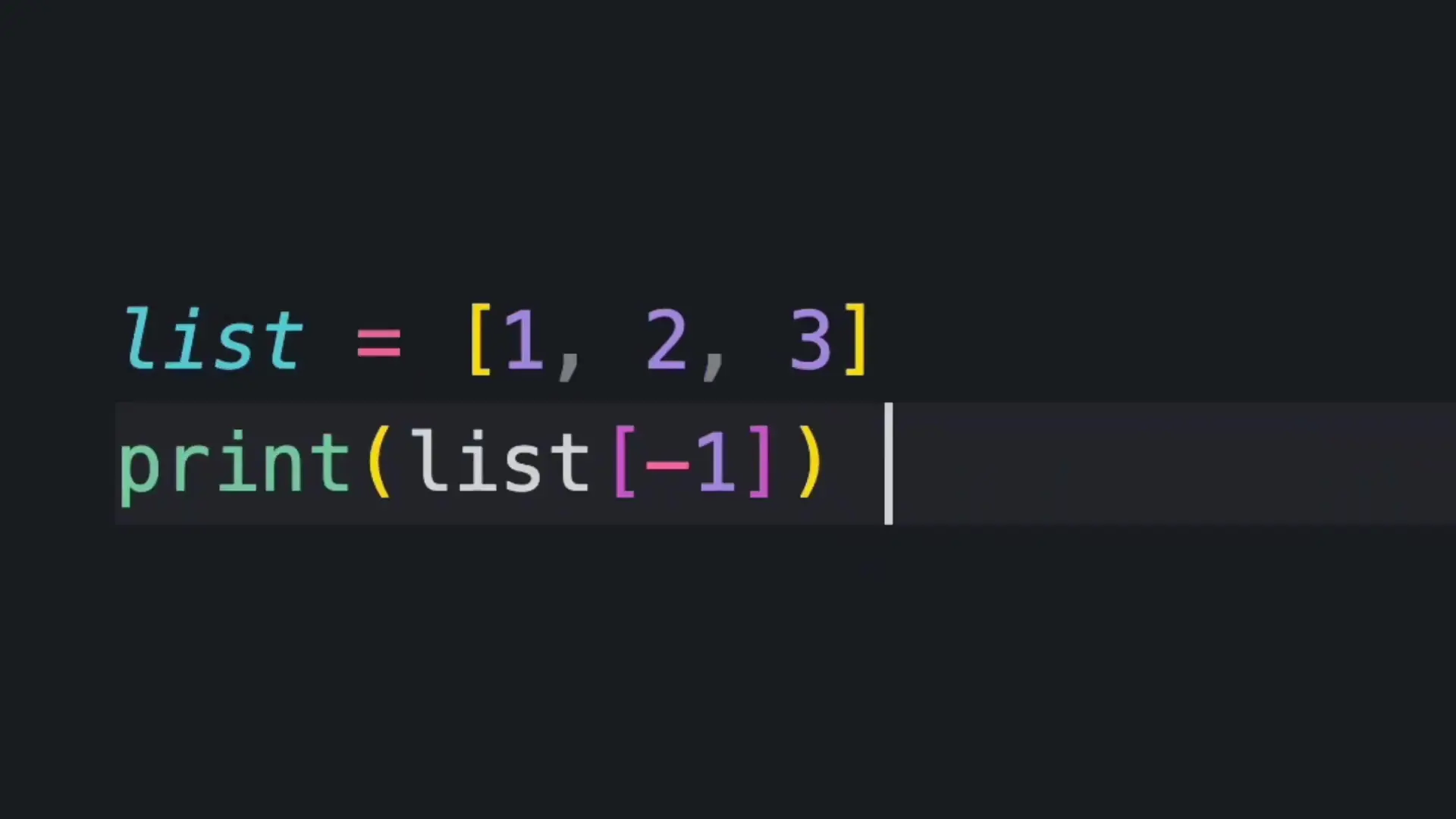
Python has earned its place as the most popular programming language in the world, primarily due to its simple and beginner-friendly syntax. This accessibility is precisely what makes it perfect for newcomers to programming, while simultaneously being powerful enough for advanced applications. In this comprehensive guide, we'll explore the basics of Python for beginners and understand why it has become the go-to language for developers across various domains.
Why Python Is So Popular (And Sometimes Controversial)
Python's rise to prominence can be attributed to several factors. Its clean, readable syntax makes it approachable for beginners, allowing them to focus on problem-solving rather than complex syntax rules. Interestingly, this simplicity is occasionally a point of contention among developers from languages like C++, who may prefer more explicit control over memory management and performance optimization.
Created by Dutch programmer Guido van Rossum in 1991 and named after the British comedy group Monty Python, this 33-year-old language has evolved into a versatile tool used across multiple domains:
- Artificial Intelligence and Machine Learning
- Data Analysis and Visualization
- Automation and Scripting
- Web Development
- Desktop and Mobile Application Development
Python's Powerful Ecosystem
One of Python's greatest strengths is its vast ecosystem of libraries and frameworks. These pre-built tools allow developers to implement complex functionality without reinventing the wheel:
- NumPy: For numerical computing and working with arrays
- Pandas: For data manipulation and analysis
- Scikit-learn: For machine learning algorithms
- TensorFlow: For deep learning and neural networks
- Django: For building robust web applications
- Kivy: For developing cross-platform mobile and desktop applications
This rich ecosystem is a key reason why Python has become the language of choice for data scientists, AI researchers, and web developers alike.
Understanding Python's Core Characteristics
Python is an interpreted language, which means you can run your code without a separate compilation step. However, it does require an interpreter (written in C for performance reasons) to execute the code. This interpretation process contributes to Python's ease of use but can make it slower than compiled languages for certain operations.

Unlike statically typed languages where you must declare variable types in advance, Python is dynamically typed. This means the type of a variable is determined at runtime, providing flexibility but requiring careful attention to avoid type-related errors.
# Dynamic typing in action
name = "Python Beginner" # A string
age = 25 # An integer
is_learning = True # A boolean
# Python allows operations between different types
print("Hello " + name) # String concatenation
print("Python " * 3) # Prints "Python Python Python"Python Data Structures for Beginners
Python offers four primary collection types that every beginner should master:

- Lists: Ordered, mutable collections (can be modified after creation)
- Tuples: Ordered, immutable collections (cannot be modified after creation)
- Sets: Unordered collections of unique elements
- Dictionaries: Key-value pairs for efficient data retrieval
# Python collections examples
# List (mutable, ordered)
fruits = ["apple", "banana", "cherry"]
fruits.append("orange") # Adding an item
# Tuple (immutable, ordered)
coordinates = (10, 20)
# Set (unique items, unordered)
colors = {"red", "green", "blue"}
# Dictionary (key-value pairs)
student = {
"name": "John",
"age": 21,
"courses": ["Math", "Computer Science"]
}One of Python's unique features is the ability to use negative indices to access elements from the end of a sequence. For example, list[-1] refers to the last element in the list.

Functions and Object-Oriented Programming in Python
Python uses indentation (whitespace) to define code blocks rather than curly braces used in many other languages. This enforced indentation contributes to Python's readability but can be an adjustment for developers coming from other languages.
# Defining a function in Python
def greet(name):
return f"Hello, {name}!"
# Using the function
message = greet("Python Learner")
print(message) # Outputs: Hello, Python Learner!Python supports object-oriented programming through classes and inheritance:
# Object-oriented programming in Python
class Animal:
def __init__(self, name):
self.name = name
def speak(self):
pass # Base method to be overridden
class Dog(Animal): # Inheritance
def speak(self):
return f"{self.name} says Woof!"
# Creating an object
my_dog = Dog("Rex")
print(my_dog.speak()) # Outputs: Rex says Woof!Python's "Batteries Included" Philosophy
Python comes with a comprehensive standard library, often described as "batteries included." This means you have access to modules for common tasks without needing to install additional packages:
- csv: For reading and writing CSV files
- json: For working with JSON data
- datetime: For date and time manipulation
- random: For generating random numbers
- os and sys: For interacting with the operating system
- urllib and requests: For web scraping and API interactions
- math: For mathematical operations
# Using Python's built-in modules
import json
import datetime
# Working with JSON
data = {
"name": "Python Tutorial",
"topics": ["basics", "data structures", "functions"],
"difficulty": "beginner"
}
json_string = json.dumps(data, indent=4)
# Working with dates
current_date = datetime.datetime.now()
formatted_date = current_date.strftime("%Y-%m-%d")
print(f"Today's date: {formatted_date}")Python's Hidden Gems
Python includes some fun and philosophical easter eggs. For example, importing the 'this' module reveals "The Zen of Python" - a collection of guiding principles for writing computer programs in Python. Another hidden gem is the 'antigravity' module, which opens a web browser to a comic when imported.
# Python's hidden gems
import this # Displays the Zen of Python
# Some principles from the Zen of Python:
# - Beautiful is better than ugly
# - Explicit is better than implicit
# - Simple is better than complex
# - Readability countsGetting Started with Python Programming
For beginners looking to learn programming basics with Python, here's a simple roadmap to follow:
- Install Python from the official website (python.org)
- Learn basic syntax: variables, data types, and operations
- Master control structures: if statements, loops, and functions
- Understand data structures: lists, tuples, sets, and dictionaries
- Explore file handling and error management
- Dive into object-oriented programming concepts
- Start working with libraries relevant to your interests (data science, web development, etc.)
- Build small projects to apply your knowledge
Remember that consistent practice is key to mastering Python. Start with small programs and gradually tackle more complex projects as your confidence grows.
Conclusion: Why Python Is Worth Learning
Python's combination of simplicity, versatility, and powerful capabilities makes it an excellent choice for beginners and experienced programmers alike. Whether you're interested in data analysis, artificial intelligence, web development, or automation, Python provides the tools and libraries to bring your ideas to life.
By mastering the basics of Python for beginners outlined in this tutorial, you'll be well-equipped to explore more advanced concepts and specialized applications. The journey from Python basics to advanced programming is well-supported by an active community, extensive documentation, and countless learning resources. Start your Python programming journey today and join millions of developers worldwide who rely on this versatile language for their projects.
Let's Watch!
Python Basics for Beginners: Learn Programming in 10 Minutes
Ready to enhance your neural network?
Access our quantum knowledge cores and upgrade your programming abilities.
Initialize Training Sequence